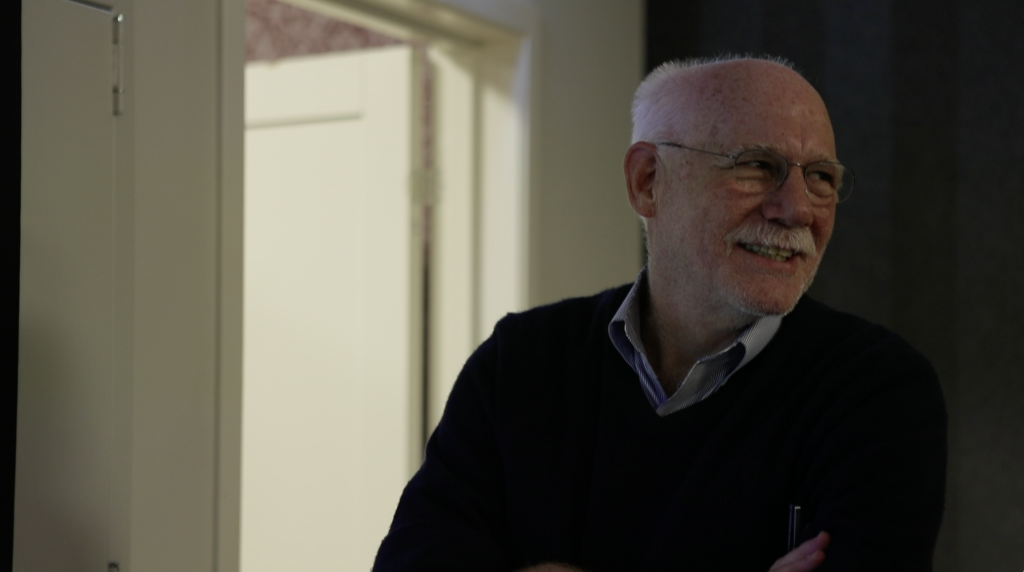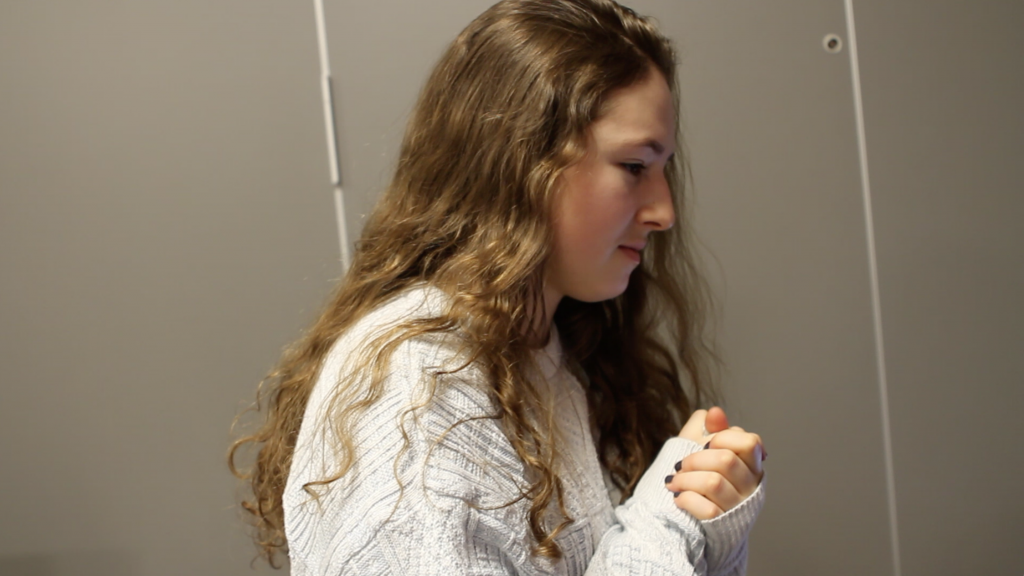A SHOT IN THE DARK
Chasing the aurora from the world’s northernmost rocket range
Part V
I • II • III • IV • V • VI • VII

Pfaff paced in front of the Wall of Science, stroking his chin, weighing the signs that launchable conditions were approaching. He had spent earlier hours on the phone, rapidly rebooking flights to make his science conference on time. But that was earlier, when conditions weren’t good. Now, everyone was at full attention.
In the background, the tinny sound of voices over a video chat trickled in. Moen, the professor from Oslo, was speaking with colleagues 50 miles south in Longyearbyen. One voice belonged to Fred Sigernes, Chief of the Kjell Henriksen Observatory, who was running the all-sky imager, the instrument that detected the cusp on the Wall of Science. The other voice belonged to Kjellmar Oksavik, a professor at the University of Bergen and at UNIS in Svalbard. He was running the EISCAT radar, scanning the sky for atmospheric heating. They kept the line open as they worked, ready to discuss every bit of new data as it appeared, in real time.

At 11 a.m. — with one hour left in the day’s launch window — the solar wind’s magnetic field started to point south.
Rowland, sensing the opportunity to launch may be drawing close, OK’d the launch team to arm the rocket. “Let’s run the clock down to three minutes,” he said. It was as close to zero as they could get. Below that, the rocket was switched to internal battery power and the engineers completed their final checks.
Fifteen minutes passed and the solar wind’s magnetic field was still pointing south, but always zig-zagging, threatening to head north at any moment. The red blob marking the cusp remained too far north above Ny-Ålesund to launch through. A call came in over a walkie-talkie, and Rowland picked it up.
“We have some concern about surface winds.” It was Range Control. “It is not really stable enough just yet, and they are quite high. If you see something you want to start the count for, we will have to assess the winds at that point to make a decision if we can go or not.”
Rowland paused, working through his options. The cusp was still too far north at the moment, but given the steady stream of southward-pointing solar wind hitting Earth, it was due to move any moment. Once it moved into the rocket’s trajectory, they needed it to heat the atmosphere before they’d be ready to launch. “We’ll let it cook for a few minutes,” Rowland responded, “and then we’ll pick up the count.”

Before Rowland finished his sentence, Pfaff was already gesturing to him. “It’s slowly moving south,” he said. They rushed out to the Wall of Science, and Pfaff pointed to the red blob marking the cusp. “This used to be up here, now it’s right on top of us.”
By 11:50 a.m., with just ten minutes left in the launch window, the atmosphere was starting to heat up. The EISCAT radar’s measurements, once cool blues and greens, were turning orange and yellow. Now, time was of the essence.
“It’s three minutes to get in the air, and another couple to get to apogee — we’re five minutes from measuring anything,” said Rowland. It wasn’t the data now, but five minutes into the future, that they depended on. Rowland turned to Moen, who spoke to his colleagues over the video chat. “Should we go?” Moen asked.
Rowland looked around to the surrounding science team. The stakes were high enough to demand a unanimous decision. If they launched toward a transient, momentary fluke of heating that disappeared before they reached it, three years of work on the mission would be wasted. But waiting too long could lead to a similar fate if they missed their only chance. “Any dissenters?” he asked.
A hushed discussion ensued over the video chat as Rowland, out of earshot, studied the Wall of Science. Pfaff leaned in to the computer to listen closely. “They’re saying go!” Pfaff yelled. Everyone turned to Rowland. That was all the resolution he needed.
Rowland notified Range Control of their decision to launch and rushed back to the Wall of Science. At the bottom left display, the clock, long frozen at three minutes, began to count down.
